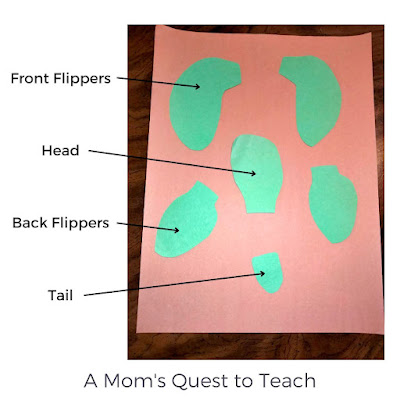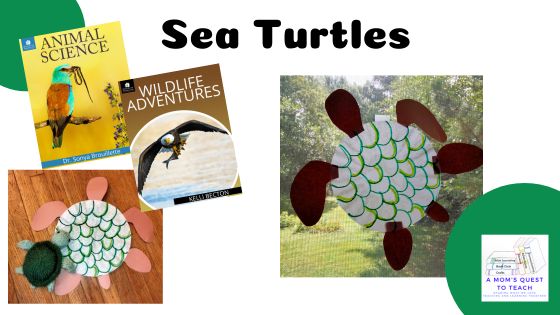This post contains affiliate links. Please see my Terms of Use and Disclosure Policy page for more information. Thank you.
Painting is always a favorite pastime of our children so I love coming up with new ways to paint. Whether we are using nonconventional paints or inks (such as using raspberry juice to paint), new techniques, or new methods, painting always brings joy and happiness to our homeschool. It is the perfect activity for the summer too!
Fish Facts
Let's focus on some fun fish facts for preschoolers!
How are fish similar to us? They have eyes, nares (for smelling), a mouth, and skin, but a lot of the similarities end there. They spend their entire lives in water, while humans spend most, if not all, of their lives on land. They are specially adapted to live in water with protected skin (via their scales), fins, and a special way of breathing.
There are over 20,000 different species of fish! If you live near a baseball, football, or sports arena, find out how many seats it has. You can help your preschool visualize how many fish there are by visiting the arena to see all the seats.
How do fish breathe? They use gills to help them breathe. Water runs over the gills, and capillaries in the gills gather the oxygen that is dissolved in the water. The blood then travels through the fish's body to deliver oxygen (just like in humans).
Materials
- Construction paper of different colors
- Pencil
- Paints
- Bubble wrap
- Glue
- Scissors
- Trays
Steps
1. Gather all of your materials.
2. Draw a fish on one color of construction paper.
3. Cut out the fish and then glue it onto a second sheet of construction paper of a different color.
4. Cut the bubble wrap into smaller pieces that you can easily handle.
5. Pour paint on washable, recyclable, or disposable paint trays. We used old yogurt lids.
6. Gently dip the bubble wrap into the paint. Make sure it is the side with the bubbles. You can also use a paintbrush to paint the different colors onto your bubble wrap.
7. Gently stamp your fish with the painted bubble wrap.
8. When your fish looks like it has lots of scales, your painting is complete.
9. Hang up after the fish is dry.
Tips and Tricks
When I first dipped the bubble wrap into the paint, I got way too much paint on it. It really didn't create the small dots or scale effect I wanted. Our children gently dipped the bubble wrap into the paint after seeing my mistake. We would also recommend only dipping the bubble wrap into the paint once before transferring the paint to your fish. If you do get too much paint on the bubble wrap, use a piece of scrap paper to get the excess off.
You can also drag the bubble wrap across your painting and pat down slowly but carefully on your fish. This will create a neat effect for your fish painting.
Resources
If you are looking for some fun activities for the summer, Everyday Games on SchoolhouseTeachers.com offers a variety of fish-themed mathematics and language arts games. You can find games that review rhyming, the silent letter e, counting by 5s, multiplication, and more!
Study fish in more detail with Exploring God’s World with Third Grade Science. In semester one, you and your third grader will spend a week learning about fish. Or study a variety of interesting creations with your fourth-sixth graders with Discovering Disgusting Creatures.

.jpg)
.jpg)
%20(1).jpg)



.jpg)
%20(1).jpg)


.jpg)